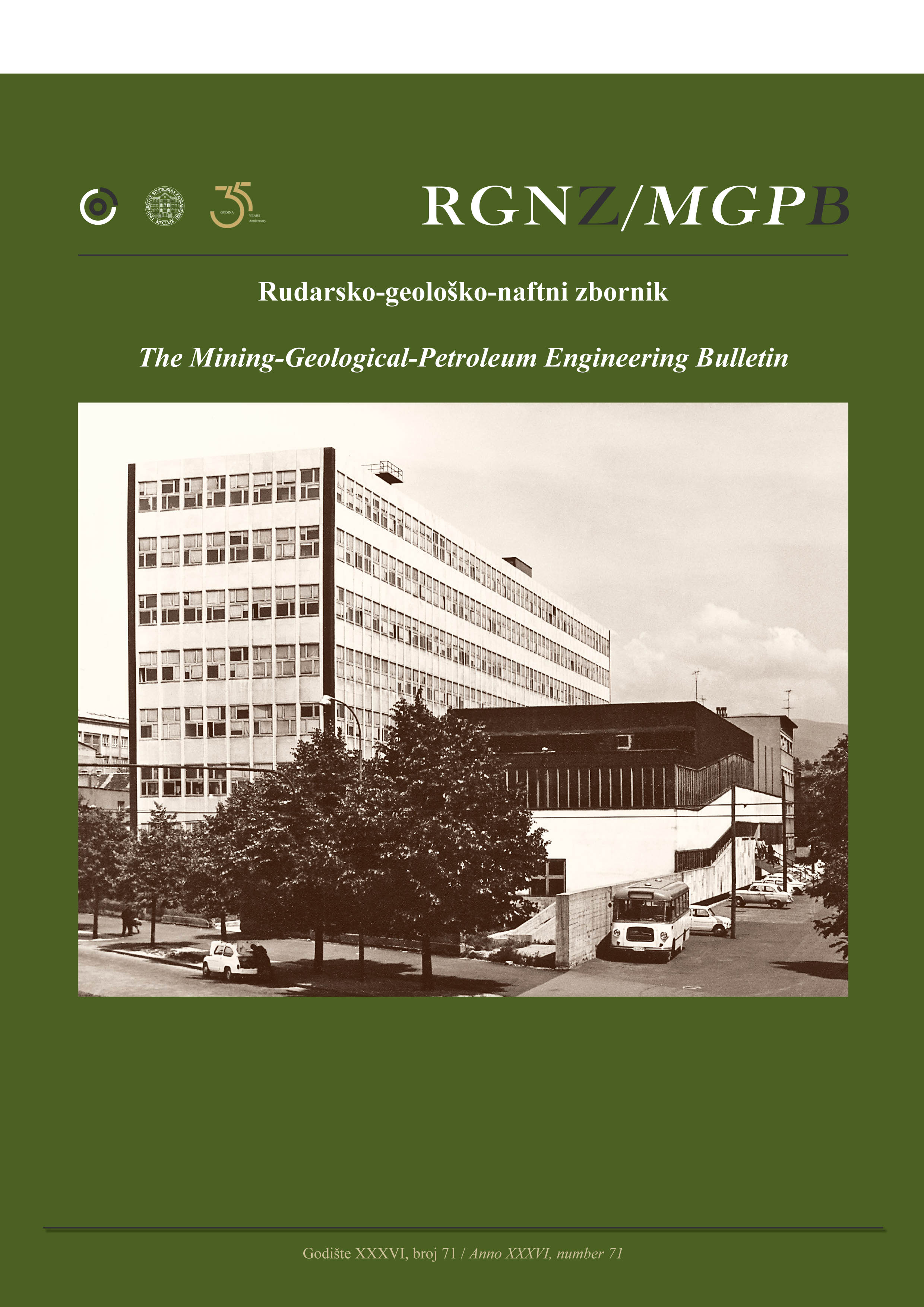Iron ore allocation model to feedstock concentrate plants from multiple sources to multiple destinations considering the uncertainty of grade, in iron ore mines: a case study in Sangan mine, Iran
DOI:
https://doi.org/10.17794/rgn.2024.5.11Keywords:
open pit mining, iron ore mines, concentrate plants, operations research, allocationAbstract
Operations research is a science that is used in various fields. This science is a set of quantitative techniques that help managers make decisions using scientific methods. This science is related to many axial decision-making issues of managers. For this reason, it is also called the science of management. This science is widely used in industries and mines. One of the most appropriate methods for solving research problems in operations is using linear programming in mining projects. This study was conducted in the Sangan iron ore mine in Iran. In this article, by using linear programming modeling and solving the transportation problem, the allocation of iron ore to feedstock concentrate plants from multiple sources to multiple destinations has been done considering the uncertainty of the grade. This paper is in the field of studying and identifying the quantitative and qualitative amount of extractable iron ore reserves in the mines, and on the other hand, the needs of concentrate plants concerning their feedstock supply by considering the uncertainty of iron ore grade in mines and deciding on their proper allocation. Mineral modeling and estimation of the amount of extractable minerals have been done using the block model. Uncertainty of iron ore grade in the block model is investigated using the sequential Gaussian simulation method. The amount of mining capacity and its sequence is planned considering the type of iron ore used in the plans during 5-year periods. In this article, the modeling of the problem has been done by considering the existing limitations in mines, such as the amount of supply, grade of iron ore, iron oxide and sulfur. On the other hand, the limitations in plants, such as demand, type and grade of iron ore, iron oxide and sulfur are considered in the modeling. In the end, the amount of iron ore tonnage sent from each mine to each plant during 5 years is presented by solving the problem.
Downloads
Published
How to Cite
Issue
Section
License
Copyright (c) 2024 Iman Eskandari Nezhad , Mohammad Ataei, Farhang Sereshki

This work is licensed under a Creative Commons Attribution 4.0 International License.
Creative Commons-BY
Authors who publish with this journal agree to the following terms:
In agreeing this form, you certify that:
- You read the ethical codex of the RGN zbornik available at journal web.
- You submitted work is your original work, and has not previously been published and does not include any form of plagiarism.
- You own copyright in the submitted work, and are therefore permitted to assign the licence to publish to RGN zbornik.
- Your submitted work contains no violation of any existing copyright or other third party right or any material of an obscene, libellous or otherwise unlawful nature.
- You have obtained permission for and acknowledged the source of any illustrations, diagrams or other material included in the work of which you are not the copyright owner.
- You have taken due care to ensure the accuracy of the work, and that, to the best of your knowledge, there are no false statements made within it.
- All co-authors of this submitted work are aware of, and in agreement with, the terms of this licence and that the submitted manuscript has been approved by these authors.
Publication licence
You retain copyright in your submitted work, according to journal license policy (CC-BY). By signing this form you agree that RGN zbornik may publish it under the publication licence. In summary the licence allows the following:
Anyone is free:
- To copy, distribute, display, and perform the work.
- To make derivative works.
Under the following conditions:
- The original author must always be given credit.
- The work may not be used for commercial purposes.
- If the work is altered, transformed, or built upon, the resulting work may only be distributed under a licence identical to this one.
Exceptions to the licence
In addition to publishing the work printed under the above licence, RGN zbornik will also enable the work to be visible online.
The journal editorial can change the licence rules anytime but it cannot retroactively restrict author(s) rights.


